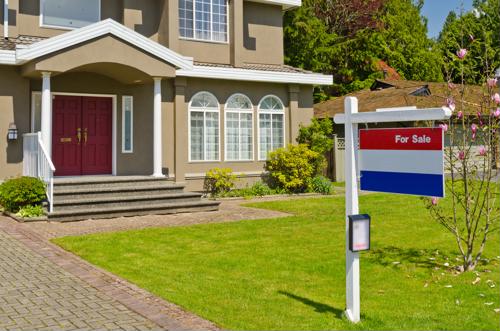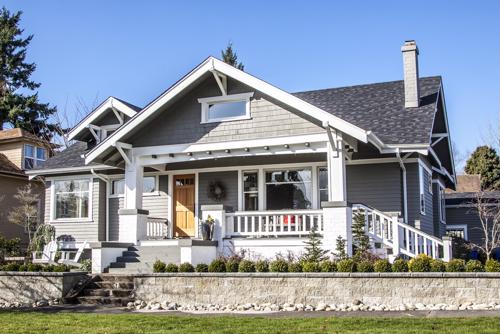
When considering a home purchase in a rural area of the U.S., a U.S. Department of Agriculture (USDA) mortgage is often one of the best financing options. But first you have to be eligible for it. Let’s look at the advantages of a USDA mortgage, as well as what is required of borrowers when applying.
A QUICK OVERVIEW Of USDA MORTGAGES
USDA Rural Development oversees the issuance of USDA mortgages from other lenders as part of its Single Family Housing (SFH) Guarantee Program. The loan itself is guaranteed by the USDA. This means lenders can offer relatively low interest rates while requiring no down payment.
Financial institutions like The Federal Savings Bank are SFH Guaranteed Lenders and guide applicants through the full process of setting up a USDA mortgage. Interest rates are negotiated directly between lenders and borrowers, not through the USDA.
The SFH Guarantee Program is only for 30-year mortgages. All of these USDA mortgages feature fixed rates, as adjustable rate mortgages are not offered under the program.
ADVANTAGES OF THE USDA MORTGAGE PROGRAM
No down payment is required for a USDA mortgage. The SFH Guarantee Program lets borrowers avoid this expensive and frequently stressful part of buying a home.
According to an analysis of 600,000 mortgages from Lodestar Software Solutions, the median home down payment in 2018 was $15,490, which represented almost 6% of the median purchased home price of $270,000.
USDA mortgage borrowers don’t have to shoulder that expense. However, USDA mortgages do come with a combination of upfront and annual guarantee fees, which serve a similar role to private mortgage insurance (PMI) in other types of mortgages. These fees are still typically lower than PMI, though, according to the Mortgage Research Center.
Rates for a USDA mortgage are also lower in most cases than conventional loans. The USDA does not publish daily mortgage rates. Instead, the lender will negotiate a rate that does not exceed applicable limitations under federal law. And because the USDA guarantees the loan, lenders do not have to set relatively high rates or require down payments to reduce their risk. That’s a win-win for home buyers.
REQUIREMENTS FOR RECEIVING A USDA MORTGAGE
First, you must be purchasing an owner-occupied home in a USDA-designated rural area. “Rural” is maybe a misleading term here – many suburbs and exurbs still fit under the USDA’s definition of “rural.” Basically, unless you’re looking for a house in the heart of a major metropolitan area, you might qualify for a USDA loan. The Mortgage Reports has estimated that 97% of the U.S. landmass is eligible for a USDA mortgage.
You also have to meet income requirements. USDA Rural Development states that you must not exceed 115% of median household income for your area. It offers an income calculator that lets you input your location, family size, and other details to see if you qualify.
Finally, you must be either a U.S. citizen, U.S. non-citizen national or “Qualified Alien” to get a USDA mortgage. Visit USDA Rural Development for more information on eligibility.
Does the USDA mortgage sound like a good deal to you? If so, connect with the mortgage experts at The Federal Savings Bank today to explore your options!
This information is intended for educational purposes only. Products and interest rates subject to change without notice. Loan products are subject to credit approval and include terms and conditions, fees and other costs. Terms and conditions may apply. Property insurance is required on all loans secured by property. VA loan products are subject to VA eligibility requirements. Adjustable Rate Mortgage (ARM) interest rates and monthly payment are subject to adjustment. Upon submission of a full application, a mortgage banker will review and provide you with the terms, conditions, disclosures, and additional details on the interest rates that apply to you individual situation.


